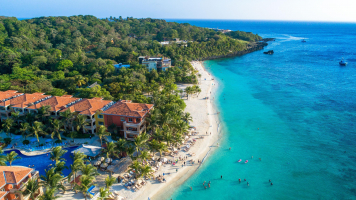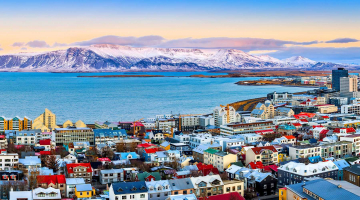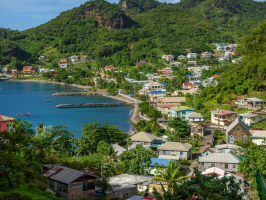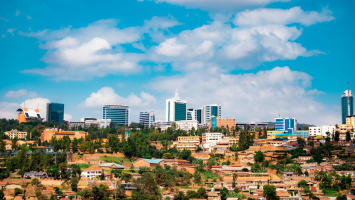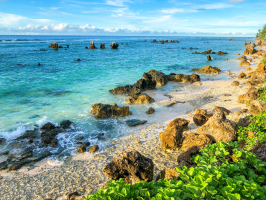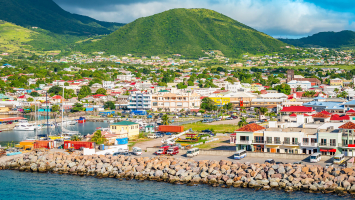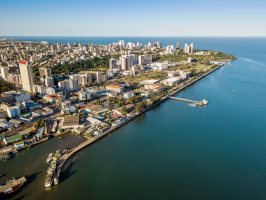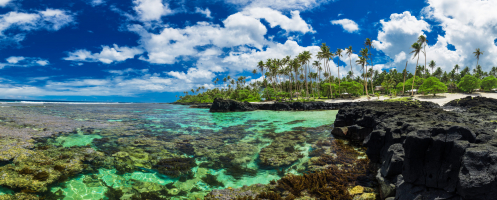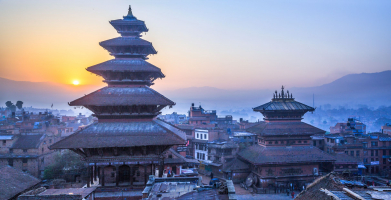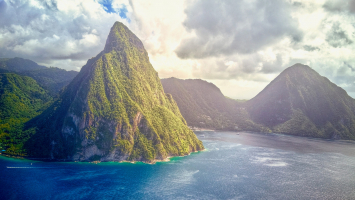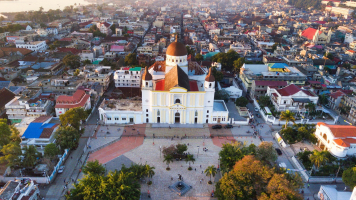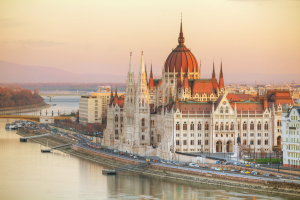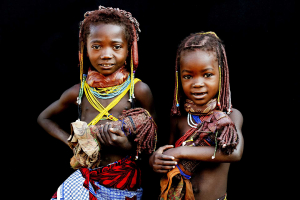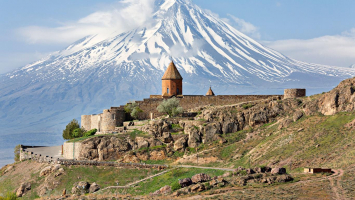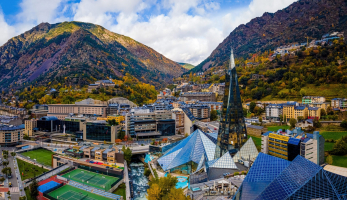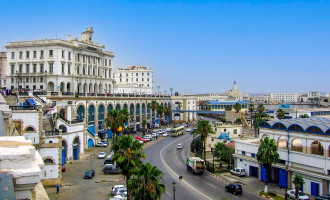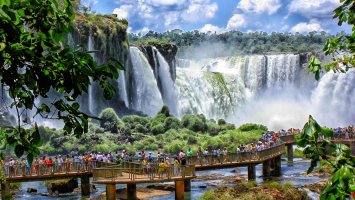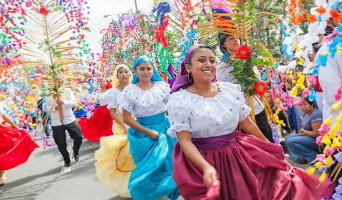Top 13 Unique Cultural Characteristics In Myanmar
Visitors to Myanmar will undoubtedly be struck by the richness of the country's culture. This wealth is due in large part to the country's impressive ... read more...diversity. Myanmar is an ethnic mosaic of at least 135 distinct ethnic groups, each with its own set of traditions, customs, cultures, and histories. While the country is nominally united today, each of these groups retains their own distinct identities and resorts to civil war when their way of life is threatened by the majority Buddhist Bama culture. Toplist has compiled a list of the Unique Cultural Characteristics In Myanmar that you can learn more about.
-
Myanmar has a large number of indigenous languages, as opposed to dialects. Burmese is the official language, and it is spoken as a second language by the majority of the people in the hills. English became the official language during the colonial period, but Burmese remained the primary language in all other settings. English was required in schools during British rule. As a result, many of the country's senior citizens learned to speak it fluently. Although it is no longer required, many urban people (particularly those working in the Myanmar tourism industry) have always learned and practiced English. In the 1990s, the military regime closed universities for more than a decade, leaving a generation with little to no English language skills.
Myanmar's local languages are divided into three language families. The Tibeto-Burman subfamily of Sino-Tibetan languages includes Burmese and the majority of the other languages. The Tai language family includes the Shan language. The Mon of southern Myanmar, as well as the Wa and Palaung of the Shan Plateau, speak languages in the Mon-Khmer subfamily of Austroasiatic languages.Burmese and Mon speakers have historically lived in the plains, while speakers of a distinct Burmese dialect have lived in the Rakhine and Tenasserim coastal plains. The hills were home to people who spoke Shan, Kachin, Chin, and a variety of other languages. The ancient division between northern and southern Myanmar in the plains was based not only on geographical differences, but also on linguistic ones.
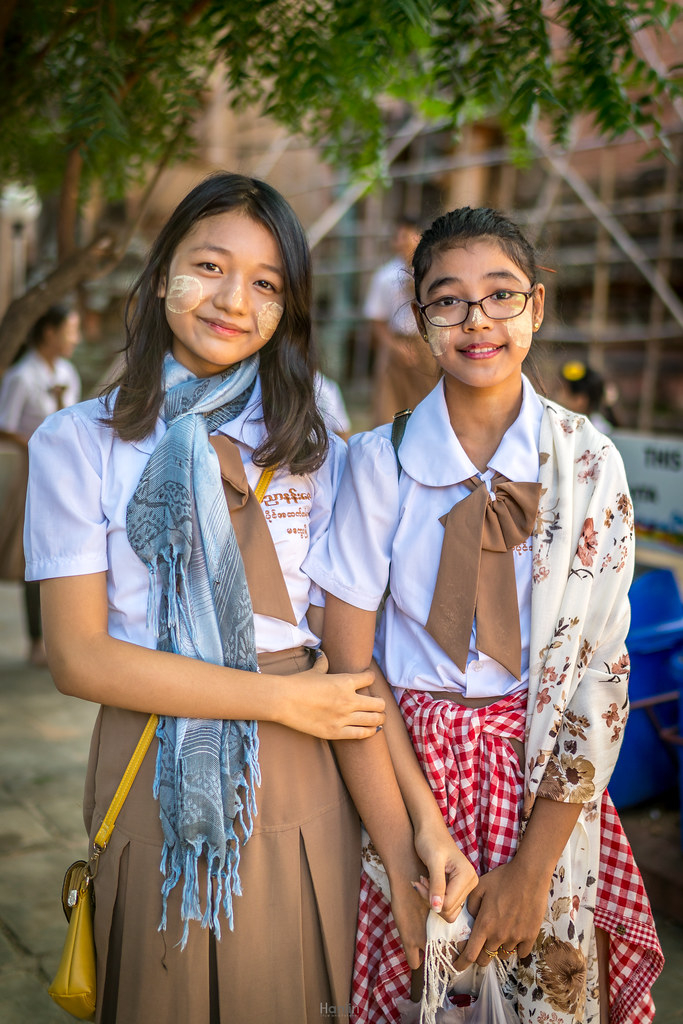
https://www.flickr.com/ 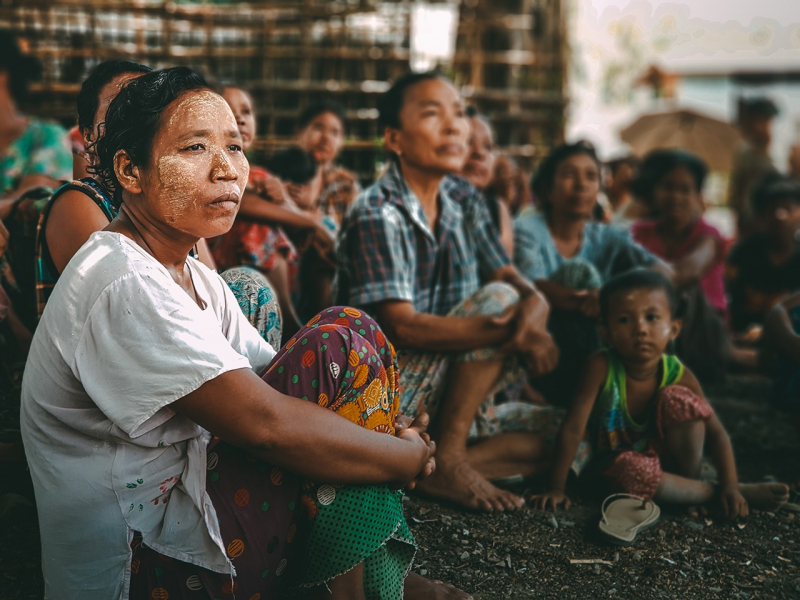
https://www.icrc.org/ -
Buddhism, particularly the Jataka Tales, has had a significant impact on Burmese literature. Many nonfiction historical works exist. However, British colonization introduced many genres of fiction that are now very popular. Poetry is prominent, and there are several types of poetry that are unique to Burmese literature. This can be considered as one of the Unique Cultural Characteristics In Myanmar that you should know.
Popular novels often have themes similar to Western novels, such as adventure, espionage, detective work, and romance. Many writers, particularly Arthur Hailey and Harold Robbins, translate Western novels. The thriving translation industry is due to the Burmese government's refusal to sign the Universal Copyright Convention Agreement, which would have required Burmese writers to pay royalties to the original authors.
Short stories, which are frequently published in magazines, are also extremely popular. Short stories, unlike novels, are not censored by the Press Scrutiny Board, so they frequently deal with everyday life and have political messages. Poetry is still a popular genre today, just as it was during the monarchy. Poetry, on the other hand, uses vernacular rather than literary Burmese, in contrast to novels and other works that use literary Burmese.
Journal Kyaw Ma Ma Lay is regarded as one of the greatest female writers of the post-colonial period. Khin Myo Chit was another significant writer whose works included The 13-Carat Diamond (1955), which was translated into numerous languages. Ludu U Hla, a journalist, wrote numerous volumes of ethnic minority folklore, novels about inmates in U Nu-era jails, and biographies of people working in various occupations. Prime Minister U Nu wrote a number of political plays and novels.
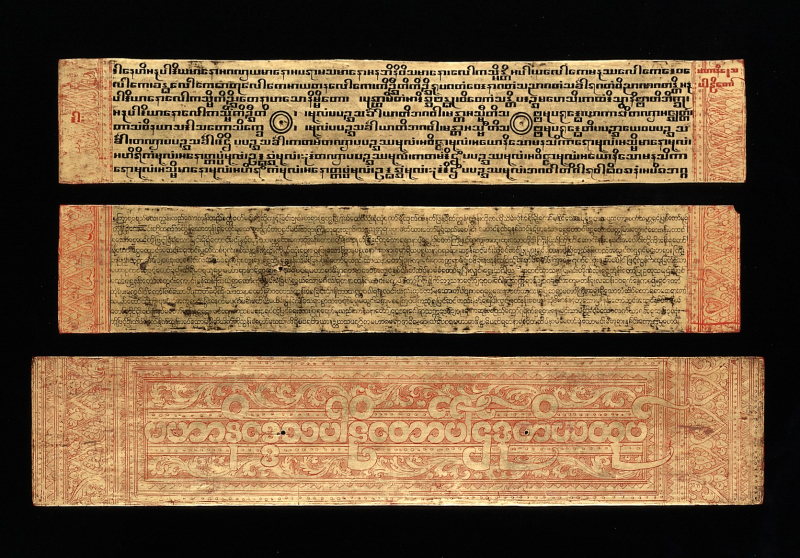
https://www.wikiwand.com/ 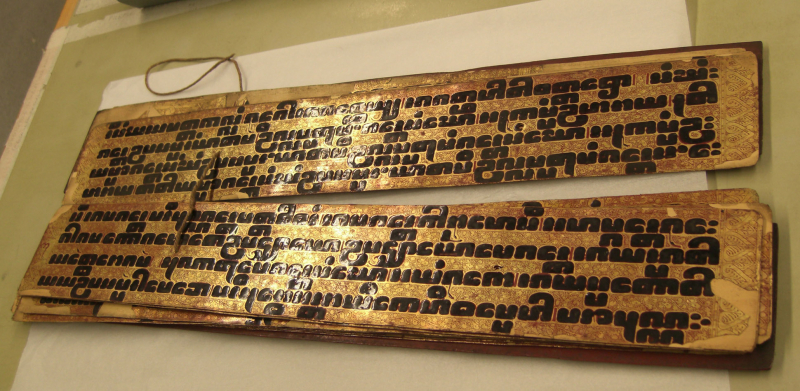
https://special-collections.wp.st-andrews.ac.uk/ -
Myanmar is primarily a Theravada Buddhist country. Buddhism arrived in Burma around the start of the Christian era, mingling with indigenous Hinduism. The religious tradition that emerged at this time, and which still exists today, is a syncretic blend of 'pure' Buddhism, deep-rooted elements of the original Hindu-animist culture or nat worship, and even strands of Hinduism and the Mahayana tradition of northern India.
Islam arrived in Burma around the same time, but it never established a foothold outside of the geographically isolated seaboard that runs from modern-day Bangladesh southward to the Irrawaddy Delta (modern Rakhine State, formerly Arakan, an independent kingdom until the eighteenth century). During the colonial period, there was a large influx of Muslim Indians into Yangon and other cities, and the majority of Yangon's mosques are the result of these immigrants.
European missionaries brought Christianity to Burma in the 1800s. It was not well received by Buddhists, but it was widely adopted by non-Buddhists such as the Chin, Karen, and Kachin. The largest Christian denominations in Burma are the Roman Catholic Church, the Myanmar Baptist Convention, and the Assemblies of God of Burma. As a result of American missionary work, Burma has the world's second largest population of Baptists, after the United States.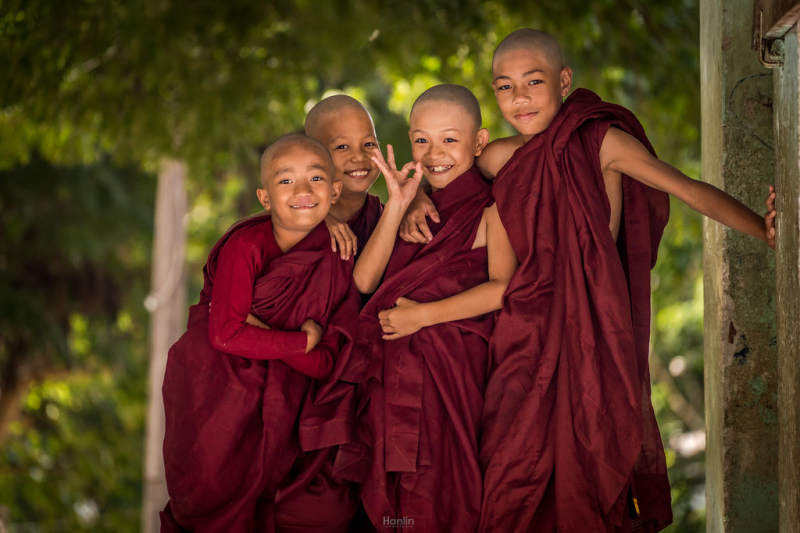
https://www.flickr.com/ 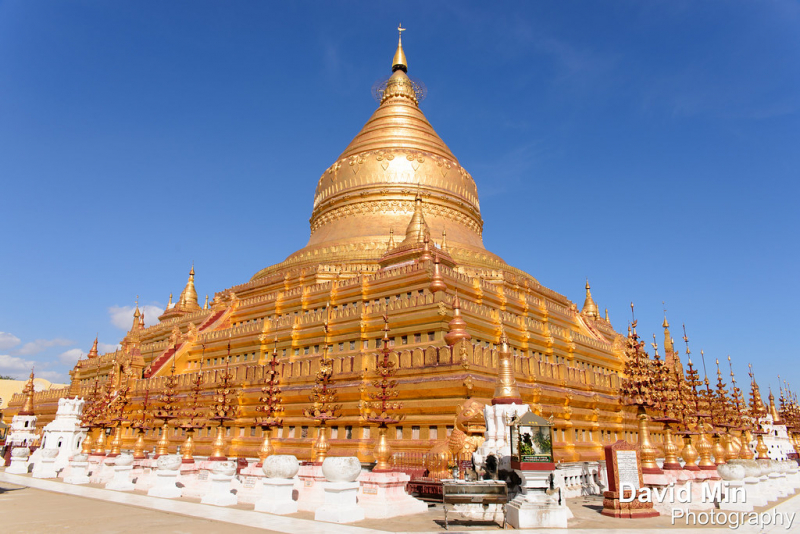
https://www.flickr.com/ -
Dramatic, folk and village, and nat dances are the three types of dance in Myanmar, each with its own distinct characteristics. Although Burmese dance resembles the traditional dancing styles of its neighbors, particularly Thailand, it retains distinctive characteristics that set it apart from other regional styles, such as angular, fast-paced, and energetic movements and an emphasis on pose rather than movement.
Burmese dance can be traced back to at least two centuries before the Christian era to the Pyu, Halin, and Mon cultures of the central and lower Irrawaddy regions. Archaeological evidence indicates that Indian influences were already present. During the many invasions and counter-invasions that occurred over the next two millennia, there were also influences from Thai and Khmer cultures.
Some of the surviving forms (such as the belu, nat gadaw, and zawgyi dances) honor Burmese folklore characters, some of whom date back before Buddhism. The classical Burmese marionette and human dance art forms have a close relationship, with the former obviously imitating human dance, but also human dance imitating marionette movements.
Following independence from Britain in 1948, there was a period of strong Burmese cultural nationalism, culminating in the establishment of the Mandalay State School of Music in 1953. Oba Thaung, a well-known dancer of the time, is credited with codifying the nearly entirely undocumented Burmese dance repertory. Her school's curriculum was condensed into five dance courses designed for a five-year term of study. Each of the five courses is divided into dance sequences of 125 stages, with each stage lasting exactly ten minutes. This things can be seen as one of the Unique Cultural Characteristics In Myanmar.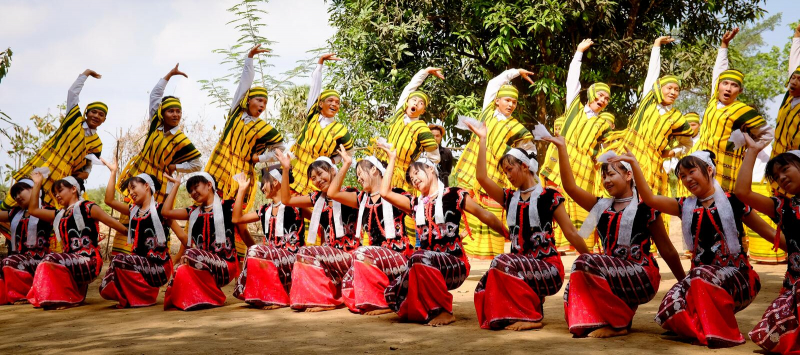
https://commons.wikimedia.org/ 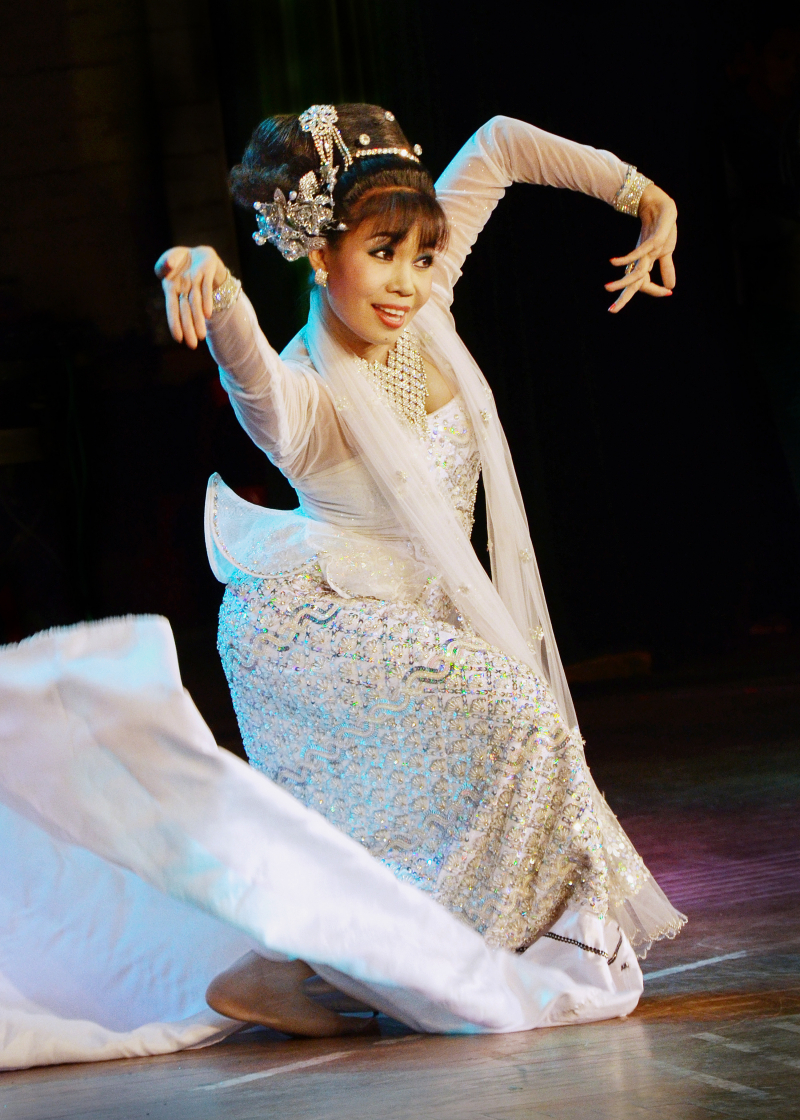
https://www.dreamstime.com/ -
Myanmar music has many similarities with other musical styles in the region. Traditional music is melodic, with its own distinct harmony. Music segments in Myanmar are combined into patterns, and then into verses, creating a multi-level hierarchical system. To make a song, various levels are manipulated. Harmony is known as twe-lone in Mahagita (Burmese music), which is similar to a chord in Western music.
Various types of Myanmar music employ a wide range of traditional musical instruments, which are assembled in an orchestra known as hsaing waing, which has gained popularity in the West thanks to the Myanmar saing saya Kyaw Kyaw Naing. Traditional folk music is unusual in Southeast Asian music because it features abrupt changes in rhythm and melody, as well as changes in texture and timbre. The saung-gauk, an arched harp dating back to pre-Hittite times, is a Burmese-only instrument.
The Mahagita, an extensive collection of classical songs, contains Myanmar music's classical traditions, which are typically divided into indoor and outdoor ensembles. In addition to folk music sung in the paddy fields, these songs tend to be about various legends in Pali and later in Burmese intermingled with Pali, related to religion or the power and glory of monarchs, and then the natural beauty of the land, forests, and seasons, eventually feminine beauty, love, passion, and longing. Pop music, both adopted and homegrown, dominates Myanmar's music today.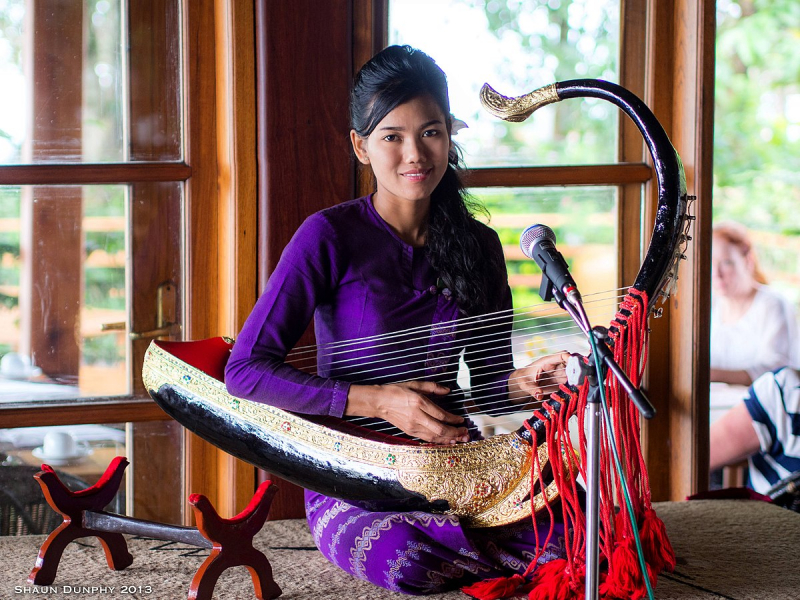
https://en.wikipedia.org/ 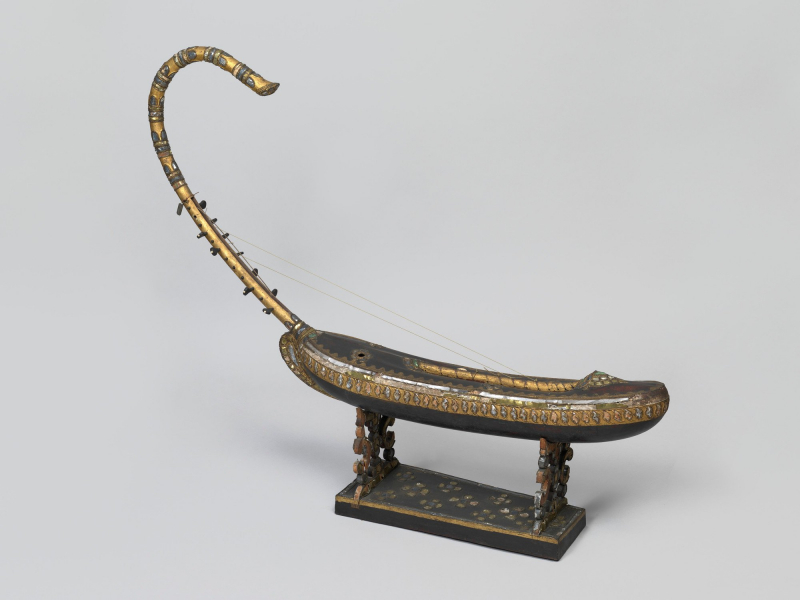
https://www.rct.uk/ -
The Indian lungi or longyi, a sarong worn by both men and women, is the traditional Myanmar garment. By the twentieth century, this had supplanted the traditional paso for men and tamein for women. Bamar men wear a Manchu Chinese jacket over an English collar shirt (sometimes with a turban called gaung baung) for business and formal occasions, while Bamar women wear a blouse buttoned at the front, called yinzi, or to the side, called yinbon, and a shawl. Skirts and pants are becoming more popular in cities, particularly among young people.
Because of a clampdown on increasing dissent in the 1920s, Burmese nationalists associated traditional clothing, particularly Yaw longyi, a type of longyi from the Yaw region, and pinni taikpon, a fawn-colored collarless jacket, with anti-colonialism and nationalist sentiment during the British colonial era. Wearing "traditional" clothing was viewed by the Myanmar as a form of passive resistance. Despite this, British rule had an impact on hairstyles and clothing. Short hair, known as bo ke, has replaced long hair as the norm among Burmese men.
Similarly, women began to wear hairstyles such as amauk, which consists of crested bangs curled at the top and a traditional hair bun. The female sarong became shorter, extending to the ankles rather than the feet, and the length of the sarong's top was reduced to reveal more waistline. During this time, women's sheer muslin blouses were introduced, revealing a corset-like lace bodice known as za bawli.
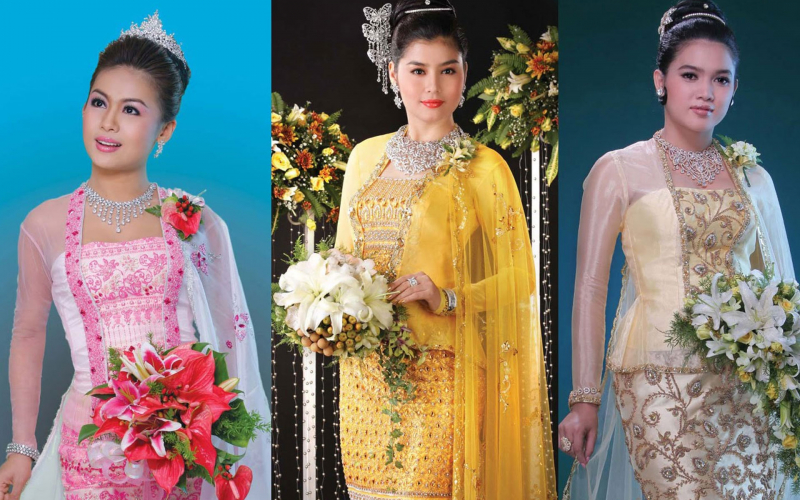
https://myanmartravel.com/ 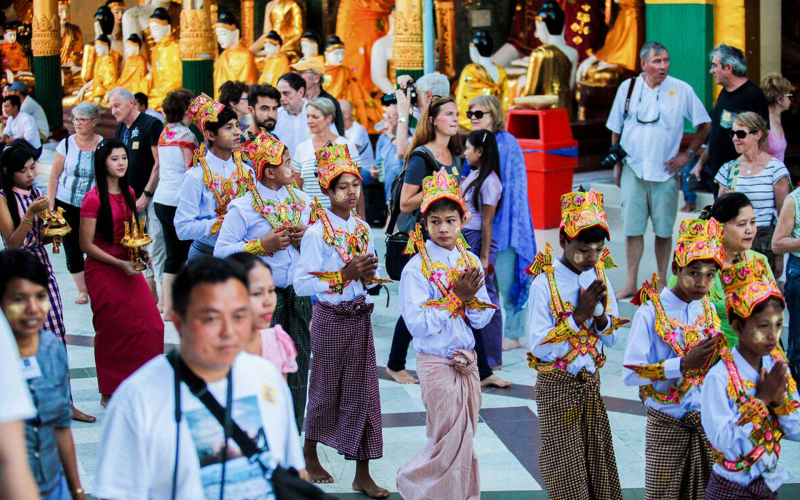
https://myanmartravel.com/ -
Myanmar art refers to visual art created in Myanmar (Burma). Artists have been creating paintings and sculptures that reflect Burmese culture since the 1400s CE. Burmese artists have faced government interference and censorship, which has hampered the development of art in Myanmar. Burmese art incorporates key Buddhist elements such as the mudra, Jataka tales, the pagoda, and the Bodhisattva.
Art historians do not agree on a definition of Shan art. It is thought to have begun between 1550 and 1772 CE, during the period when the two kingdoms of Lan Na and Lan Xang were both supported by the Burmese. Many pieces of Shan artwork depict a Buddha seated with his right hand pointing towards the Earth; this is known as the Maravijaya Posture. The Maravijaya pose in Buddhism represents Buddha summoning the Earth Goddess to witness Gautama Shakyamuni's victory over Mara.
Sculptures in this art style were typically made of bronze before being sculpted with wood or lacquer. Traditional Shan art featured a Buddha dressed in monk's robes or adorned with a crown and decorated with various other mediums such as putty and glass. Shan sculptures are distinct and easily identified when examining the history of Burmese Buddhist art. Shan sculptures are distinguished by oval-shaped faces, soft smiles, and relaxed closed eyes. It is considered as one of the Unique Cultural Characteristics In Myanmar.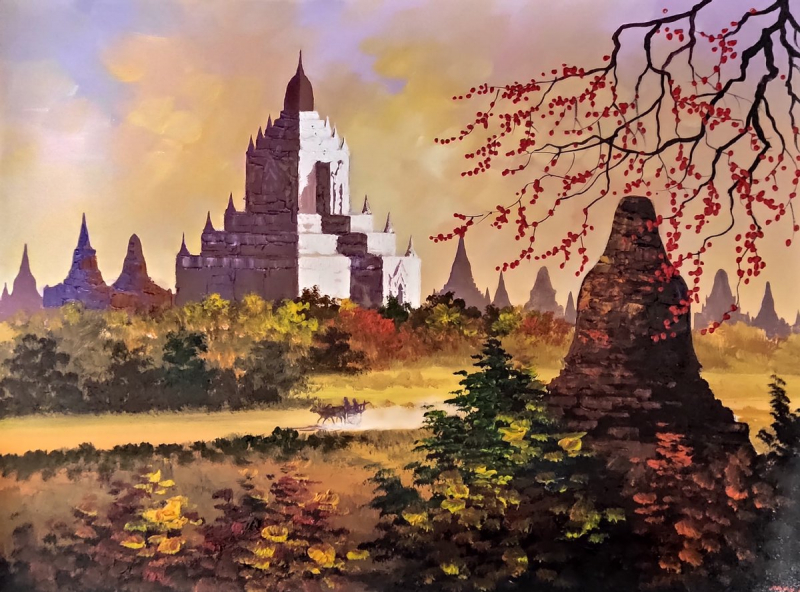
https://twitter.com/ 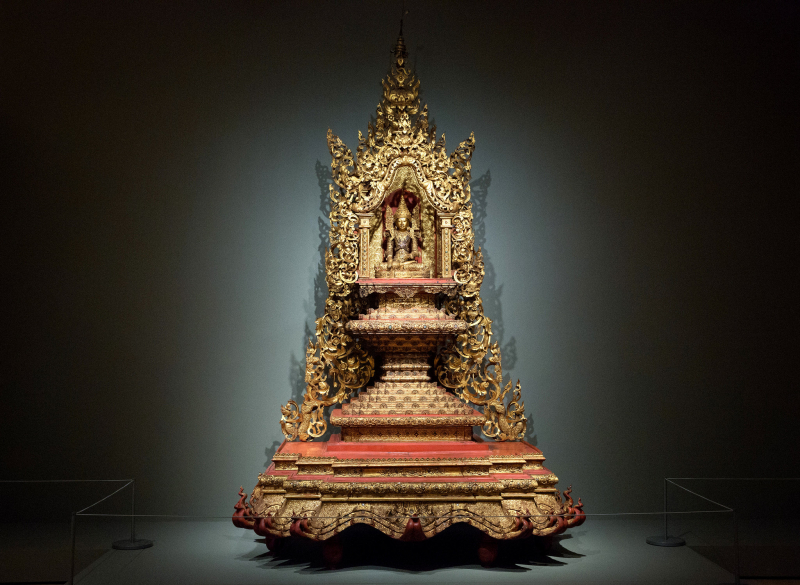
https://www.nytimes.com/ -
In Myanmar culture, weddings are considered one of the Twelve Auspicious Rites. Traditional Burmese folklore considers love to be destiny, as the Hindu god Brahma writes one's destiny in love on the brow of a six-day-old child, known as na hpuza. Myanmar weddings can be religious or secular, elaborate or simple. A marriage is traditionally recognized, with or without a ceremony, when the man's longyi (sarong) is seen hanging from a house rail or when the couple eats from the same plate. Dowries are uncommon, and arranged marriages are not common among the Burmese. Weddings are traditionally avoided during the three-month Buddhist lent, which runs from July to October.
In general, Buddhist monks are not present to conduct the wedding and solemnize the marriage because it is forbidden for them to officiate a marriage, which is considered a worldly affair (lokiya). They may, however, be invited to bless the newlyweds and recite a protective paritta. To gain merit, the bride and groom usually arrange an almsgiving feast for monks the morning of the wedding.
To preside over the ceremony, a master of ceremonies, usually a brahmin, is hired. The bride and groom sit next to each other on cushions. The Brahmin blows a conch shell to start the wedding ceremony and joins the couple's palms, wraps them in white cloth, and dips the joined palms in a silver bowl. Let htat, which literally means "to join palms together," is the Burmese word for "to marry." The brahmin takes the couple's joined palms out of the bowl and blows the conch shell to end the ceremony after chanting a few Sanskrit mantras. Following that, entertainers perform, and the wedding concludes with a speech by a higher-ranking guest. In cities, wedding receptions at hotels with tea and ice cream are common.
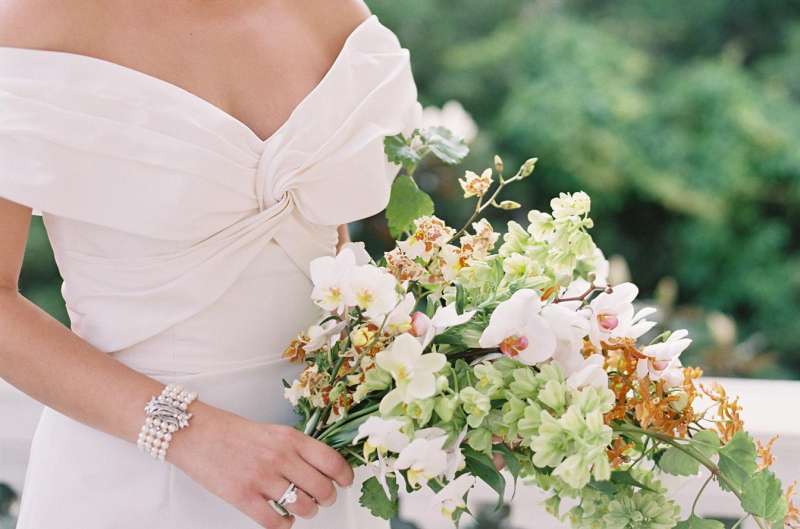
https://www.charlestonweddingguide.com/ 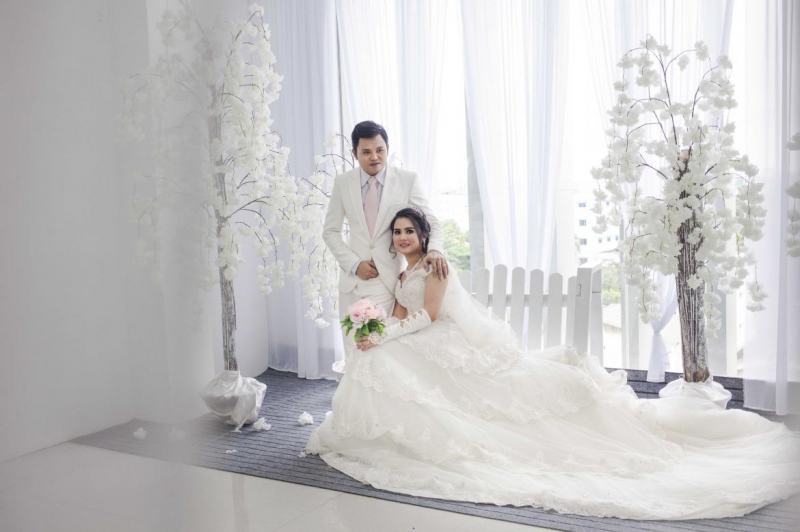
https://www.frontiermyanmar.net/ -
The traditional Myanmar calendar has twelve months and twelve corresponding festivals. The majority of the festivals are related to Burmese Buddhism, with the local paya pwè (pagoda festival) being the most important in any town or village. This is one of the Unique Cultural Characteristics In Myanmar.
Thingyan, a four-day celebration of the upcoming Lunar New Year, is the most well-known festival. This festival takes place before the Burmese New Year, on the first day of Tagu, which is in mid-April. People splash water on one another, which is related to and similar to other Southeast Asian New Year festivals (Songkran, Cambodian New Year, Sinhalese New Year, and Lao New Year). Thingyan, on the other hand, has religious significance, as it marks the days when Buddhists are expected to observe the Eight Precepts of Buddhism.
Thingyan greets the Myanmar New Year by washing away dirt from the body and bad memories from the previous year. Anyone who leaves the house runs the risk of being doused from head to toe by enthusiastic revelers. No one minds because it is so hot. Young people enjoy it the most. Although they appear to be afraid of being soaked, it is a great way to impress the opposite sex.
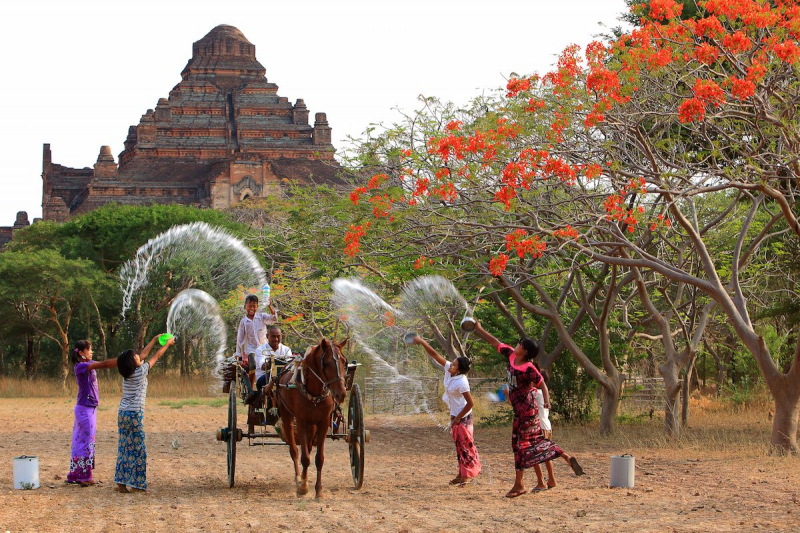
https://www.pinterest.com/ 
https://www.vietvisiontravel.com/ -
Myanmar (Burma) is known for a variety of spectator and individual sports, with football being the most popular, closely followed by golf. Football is the sport that everyone in Myanmar has been waiting for since their government changed in the early 1990s, and watching football is their own way of bonding and public gathering. Golf is also a popular sport in Myanmar, with courses located throughout the country.
Individual and spectator sports are not the only ones available in Myanmar. Martial arts and other sports that require strength and energy are popular among the locals. Myanmar has a variety of martial arts, the most popular of which is Lethwei. Lethwei is a very popular form of kick boxing. Matches are won only by knockout; if no knockout occurs after a certain number of rounds, a draw is declared.
Another popular local sport is Chinlone, a type of ball-centric game that is widely played throughout the country. Chinlone is a traditional Myanmar sport that dates back centuries. It is a ball sport with a twist: the emphasis is not on winning or losing, but on how well the game is played. Teams of six use their feet and knees to control a ball that makes a distinctive clicking sound when kicked, and there is no opposing team. Form and focus are essential to the art of chinlone, which is similar to meditation in many ways.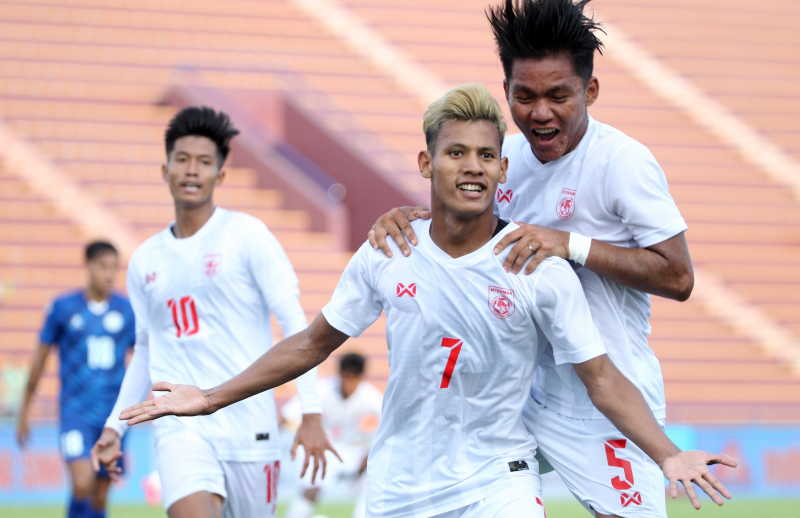
https://en.vietnamplus.vn/ 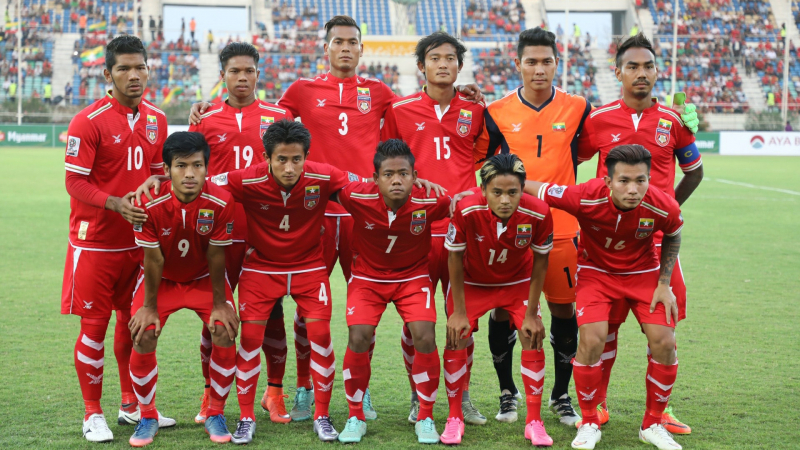
https://www.goal.com/ -
In Myanmar, the traditional greeting is a bow with both hands on one's stomach. Younger people frequently bow, and older people simply nod in response. This is typically done by students to their teachers, or by children or grandchildren to their elders (parents, aunts, uncles, and grandparents), to express gratitude and admiration and to provide an opportunity to ask for forgiveness, often through gift-giving. It is traditionally performed on Thingyan festival New Year's Day and during the month of Thadingyut (roughly October), which marks the end of Vassa, the Buddhist Lent.
Myanmar culture is predominantly Buddhist, and much of the accepted etiquette is based on Buddhist beliefs. Three Southeast Asian bows should be used to greet monks. Place your hands together in prayer position, hold them at face level, and bow deeply to greet monks. Kneel on the ground and touch your palms and forehead to the ground three times to show deep respect to a monk. When conversing with a monk, try to keep your head lower than his. This can be accomplished by slightly bowing or sitting down. If a monk is sitting down, you should follow suit. Women are not permitted to touch or give objects to monks (instead of place the object on a table or some other surface near the monk). Monks are traditionally given seats on buses and trains.
To greet, some Burmese shake hands. They may do so by supporting their right elbow in their left hand while shaking the hand of another person. Unless they are children, address them with their appropriate titles (e.g., Mr., Mrs.). In Burmese, the most common formal greeting is "Min-ga-la-ba shin" (spoken by a woman) or "Min-ga-la-ba khin-bah" (spoken by a man) (said by a man). Both are translated as greetings such as 'Hello.'
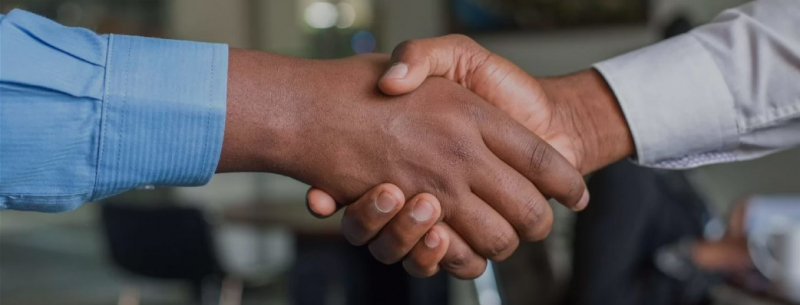
https://ins-globalconsulting.com/ 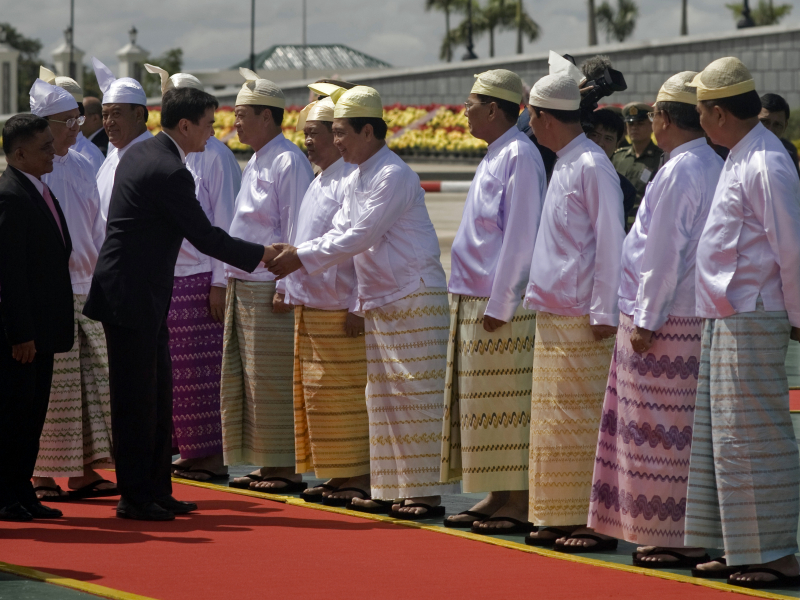
https://en.wikipedia.org/ -
In Myanmar, business requires patience as well as a willingness to form friendships and foster trust. Attempts to conduct business without regard for the local culture and way of life will be difficult. A first meeting is frequently used simply to get to know each other as a prelude to more serious discussions.
Asians in general, including Myanmar, dislike the word "no," so what Danes perceive as a "yes" may be an attempt to politely decline and avoid the partner losing face, or to indicate that more discussions are required. Matters may appear ambiguous at first, and you may need to contact someone several times before a matter is resolved. This is not always the case, and matters are sometimes resolved more quickly, but it is something to keep in mind. The majority of deals are reached verbally and then formalized with a written contract.
Myanmar has a welcoming and open culture. When you meet new or potential business partners, exchanging gifts is often part of the first rituals of getting to know each other. Addressing people by their honorific title and full name is also a good practice. 'U' and 'Daw' are equivalent to 'Mr' and 'Mrs' or 'Ms' in Myanmar.
In Myanmar, exchanging business cards is common. It is polite to take a few moments to read a business card as a sign of respect. Some people exchange cards with both hands. In general, give or receive with your right hand and avoid using your left. It is also customary to leave them on the table during the meeting. If you are planning a long-term or frequent trip to Myanmar, you should consider printing double-sided cards with both English and Myanmar text. It is also important to be aware of whether or not your hosts remove their shoes before entering their office, as is common in much of South East Asia.Another critical aspect of doing business in Myanmar is the requirement to be present in the country either permanently or on a regular basis, as personal relationships are culturally important, as well as for business. When conducting business in Myanmar, it is critical to keep in mind the country's many public holidays, which range from 25 to 27 days per year. During public holidays, most private businesses are closed, but shipping and customs are usually open.

https://www.swiftpassportservices.com/ 
https://www.wework.com/ -
A traditional Myanmar meal consists of a bowl of soup, rice, several meat curries, and ngapi yay with tozaya (dipping vegetables). A traditional meal is served with rice and tea. Breakfast is typically served between 6:30 and 7:30 a.m. and typically consists of rice or soup. Lunch is typically served between 12:00pm and 1:00pm. Many people eat out, grabbing a quick meal or snack like noodles or curry and rice. Dinner is typically served between 6:00 and 7:00 p.m.
It is not customary to drink alcoholic beverages with meals when dining at home. The left hand is used to take serving spoons. Diners do not begin eating until all of the food has been placed on the table, with the eldest being served first. In their absence, a spoonful of rice is set aside in the pot before serving the meal as a token of respect. Although modern cutlery is widely used, some people prefer to eat with their fingers. It is considered as one of the Unique Cultural Characteristics In Myanmar.
Myanmar people eat with their right hand, forming rice into a small bowl with their fingertips and combining it with various morsels before popping it into their mouths. Knives and forks are rarely used in homes, but they are always available for guests and are available in restaurants and hotels. Drinks are rarely served with the meal, and the usual liquid accompaniment is a light broth or consommé served from a communal bowl. Outside of meals, the most popular Burmese beverage is light green tea (yay nway gyan).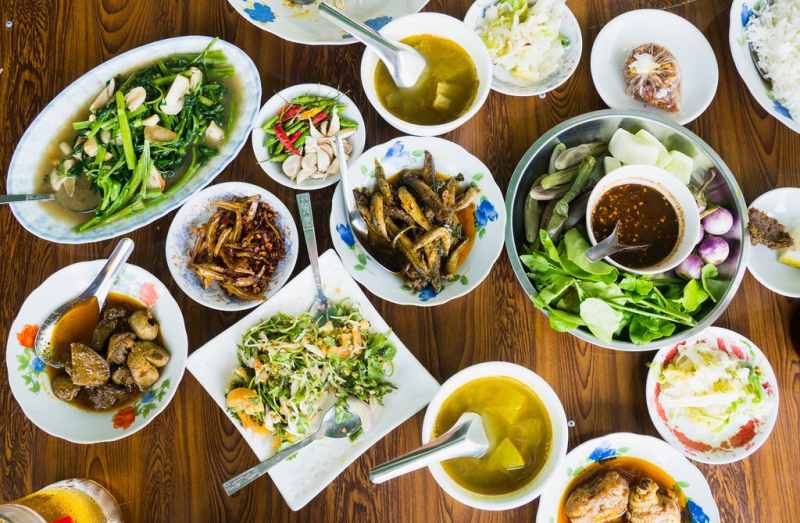
https://www.kimkim.com/ 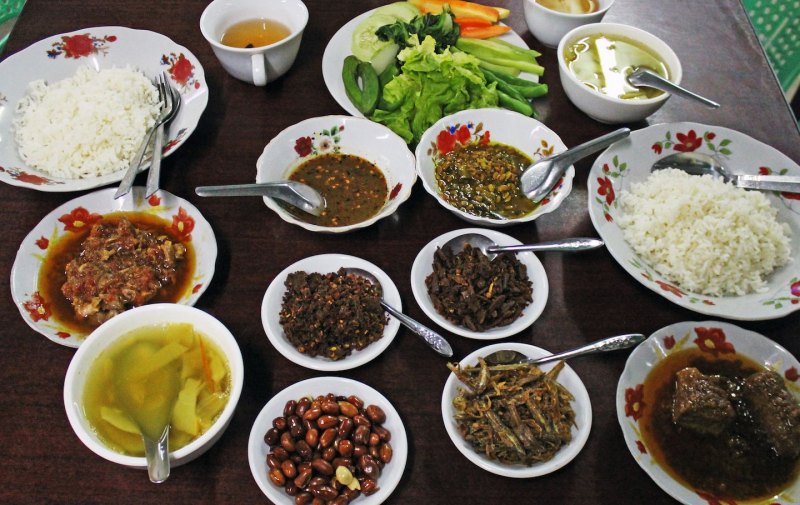
https://www.myanmars.net/















